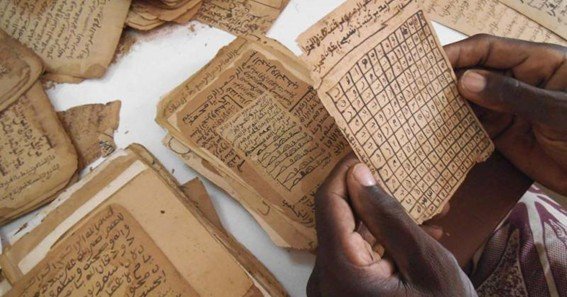The term archives stave paper may sound obscure, but it represents an essential piece of our musical heritage. “Stave paper” (also known as staff paper) is used to write musical notation on the five lines of the staff, and archived or historical examples of such documents provide a wealth of information about the evolution of music composition, performance practices, and cultural contexts throughout history. In this blog post, we’ll look at the significance of these archived documents, discuss preservation techniques, and explore how digital resources are making these treasures more accessible than ever before.
Why “Archives Stave Paper” Matters
Archival collections of stave paper—or sheet music—can hold the keys to understanding how music was originally composed, distributed, and performed. These items often contain handwritten notes from composers, marginal annotations, and historical performance instructions. Here’s why they’re so important:
- Historical Insights
- Archival manuscripts can reveal early drafts, revisions, and annotations, allowing scholars to study the composer’s creative process.
- Handwritten scores may bear unique markings that indicate how musicians of the time interpreted tempo, phrasing, and ornamentation.
- Cultural Preservation
- Many of these documents reflect particular cultural or regional styles of music. Archiving them ensures these styles aren’t lost to future generations.
- Access to older manuscripts can enrich contemporary performances, shedding light on authentic interpretation practices.
- Educational Value
- Students of music history and composition can learn from the works of the past. Seeing real manuscript pages can inspire a deeper understanding of theoretical principles.
- Digitized archives often allow for easy access to broad collections, promoting global collaboration among educators, performers, and researchers.
Preserving and Digitizing Archives
Modern efforts to safeguard these documents involve expert conservation and the use of technology to reduce handling:
- Conservation Techniques: Professionals use specialized materials and controlled environments to keep fragile documents intact for as long as possible.
- Digitization: Scanning or photographing manuscripts lowers the risk of damaging the physical copies. Through digital library initiatives, high-resolution images become available to researchers worldwide.
Digitization also opens the door to powerful search functionalities—users can quickly locate specific compositions, composers, or time periods, sparing them the need to sort through delicate physical archives.
Challenges and Solutions
- Copyright and Permissions
- Even if the original composer is no longer alive, certain works may still be under copyright. Institutions must navigate these legal complexities.
- Solutions include restricted access or partnerships with rights holders.
- Resource Constraints
- Digitization and preservation can be expensive. Many institutions rely on grants, private funding, or government support.
- Collaborative projects between libraries and museums help pool resources to save time and costs.
- Standardization
- Metadata standards are crucial in ensuring consistency and reliability across different archives.
- Collaboration between archives fosters shared frameworks for data organization and retrieval.
FAQ
- What is stave paper?
Stave paper—or staff paper—is blank paper printed with lines for writing musical notation, typically containing five horizontal lines for each staff. - Why do we need archives of stave paper?
These archives preserve original music manuscripts, enabling scholars, musicians, and enthusiasts to study historical context, performance practices, and composer intent. - How can I access digitized archives stave paper?
Many libraries and academic institutions have online portals hosting scanned manuscripts. You can search for specific collections or look up broad repositories dedicated to historical sheet music. - Is it legal to download and use these scanned manuscripts?
That depends on the work’s copyright status. Always verify whether the material is in the public domain or if you need permission from the rights holder. - How can I ensure the authenticity of archived manuscripts?
Reputable archives typically include provenance details and authentication records. If you’re researching academically, cross-check with established institutions or consult musicologists for validation.
Take a look at this interesting piece lindsay-usich










